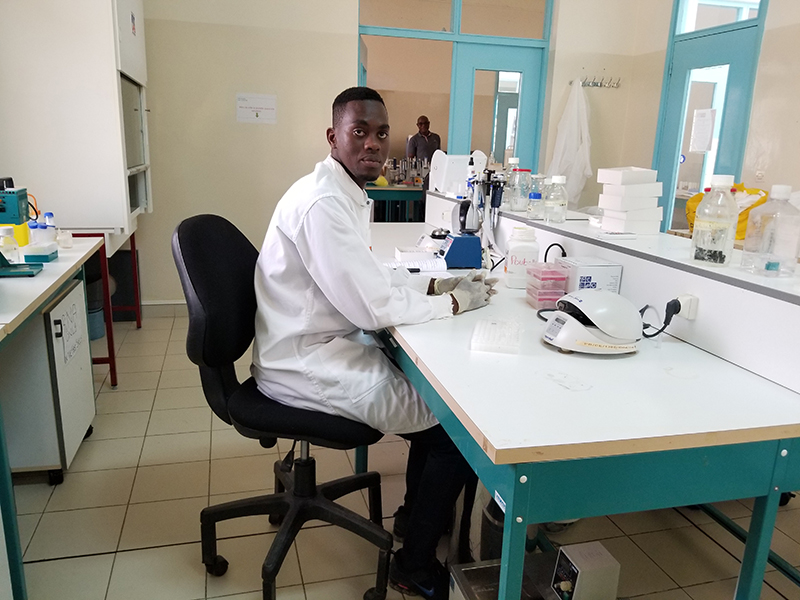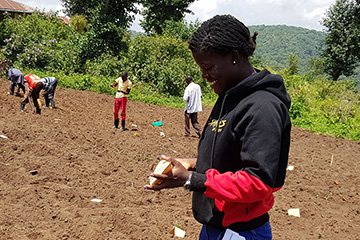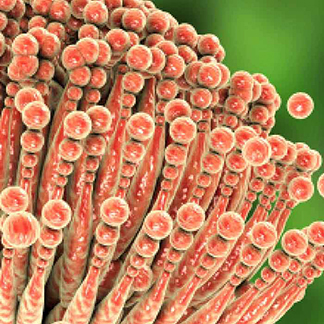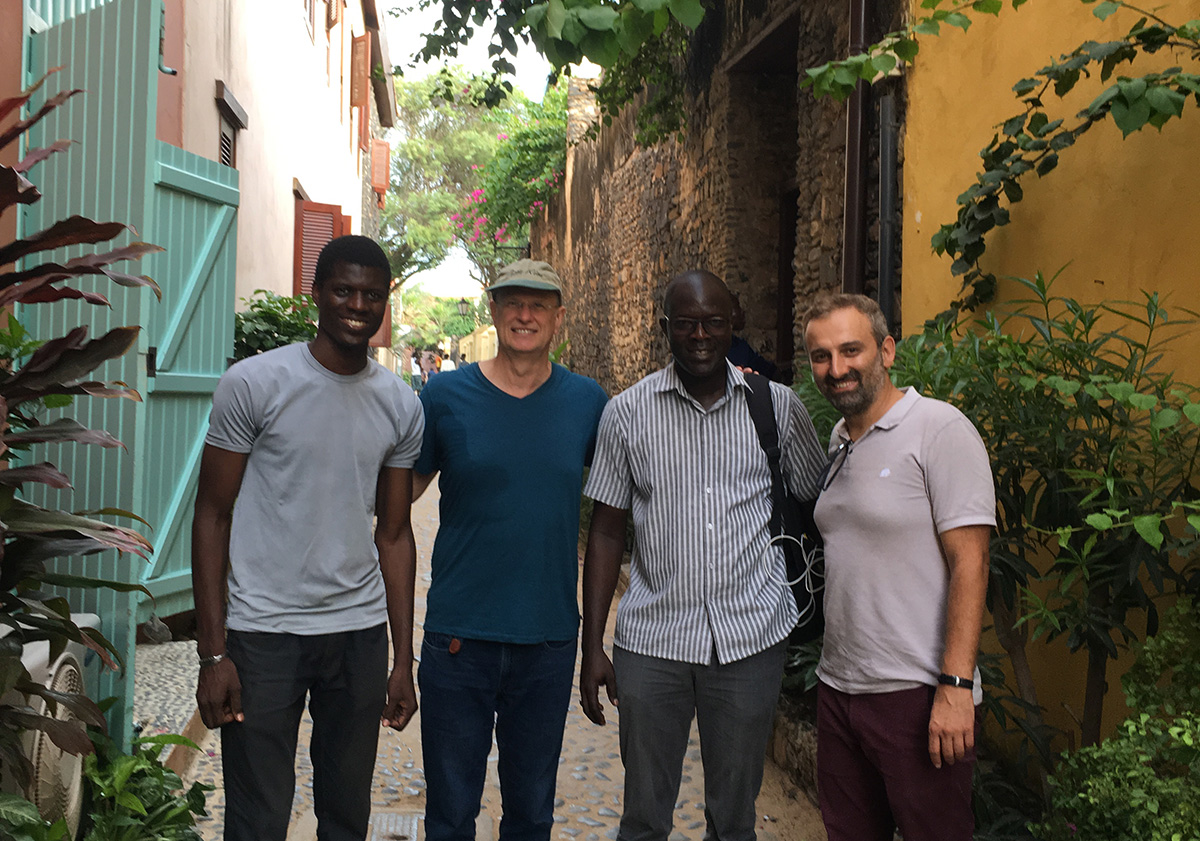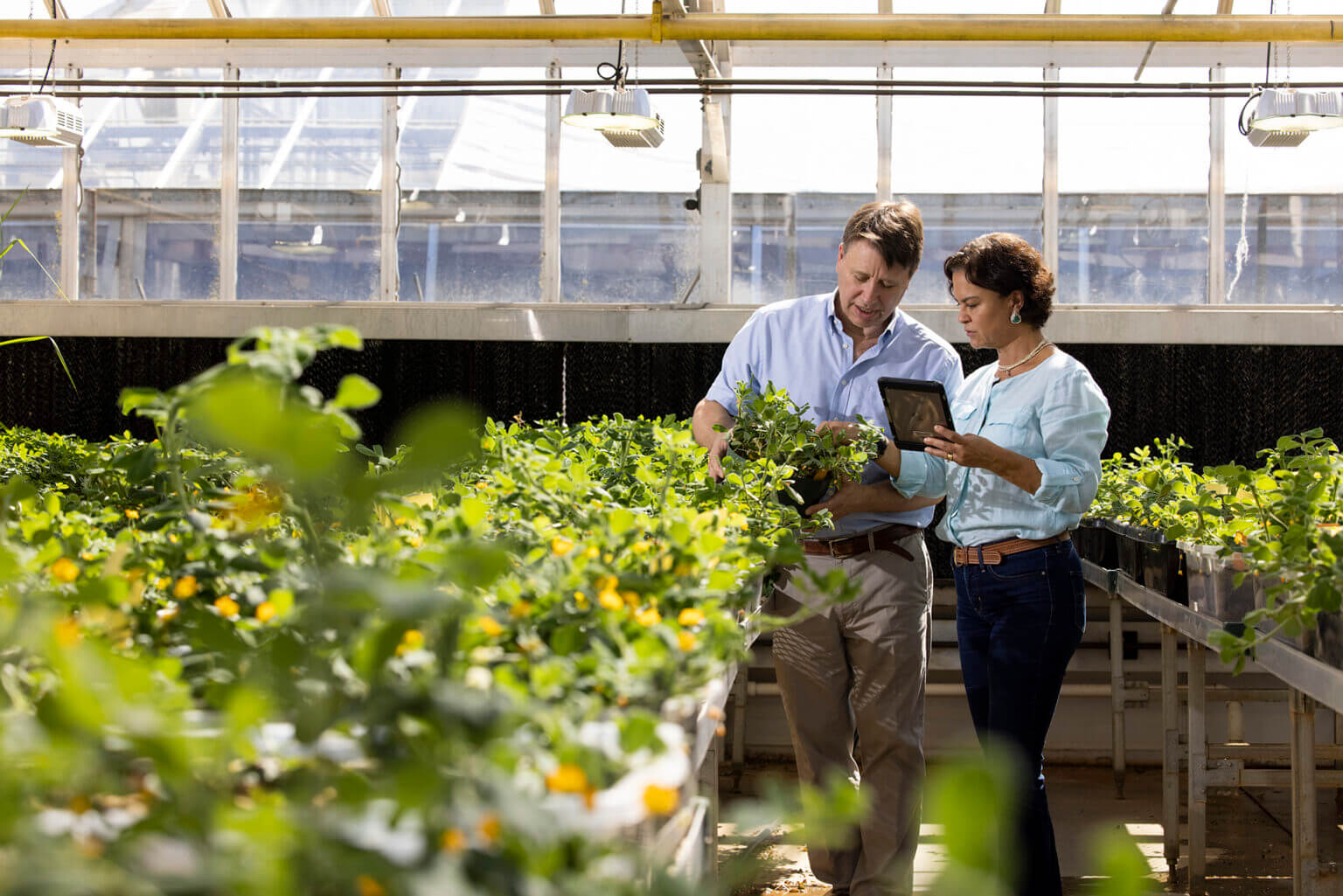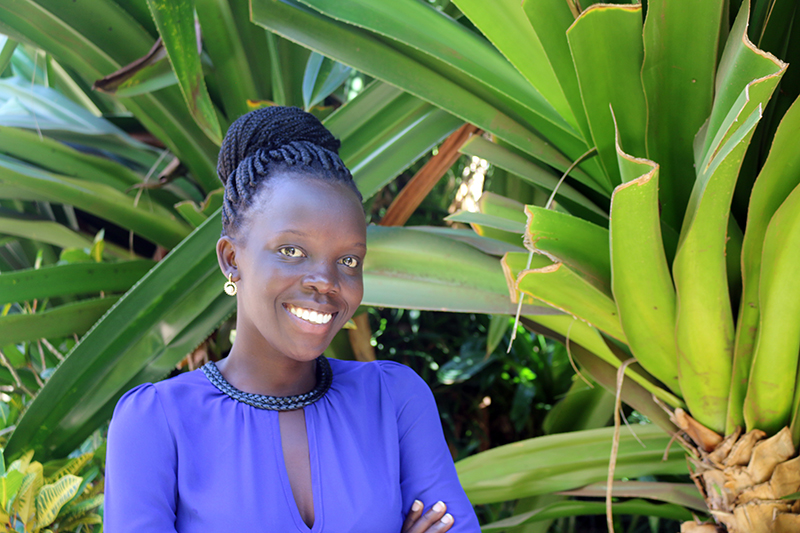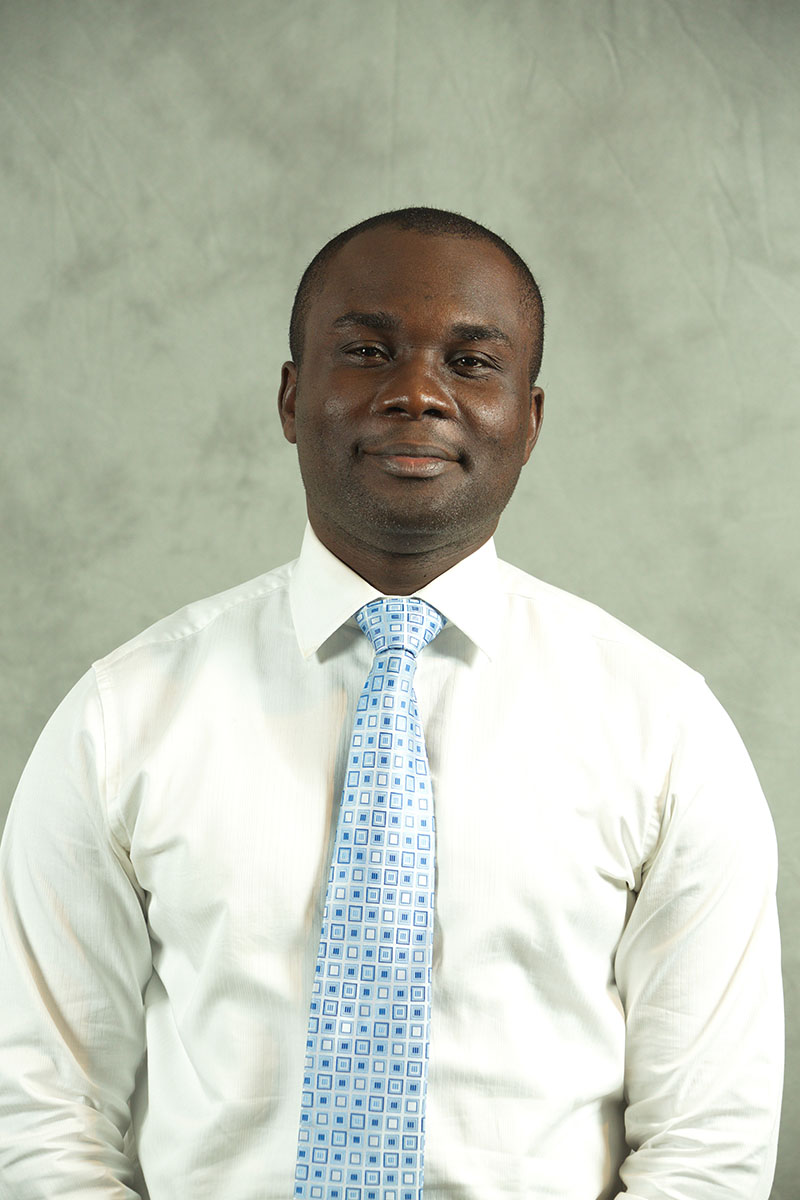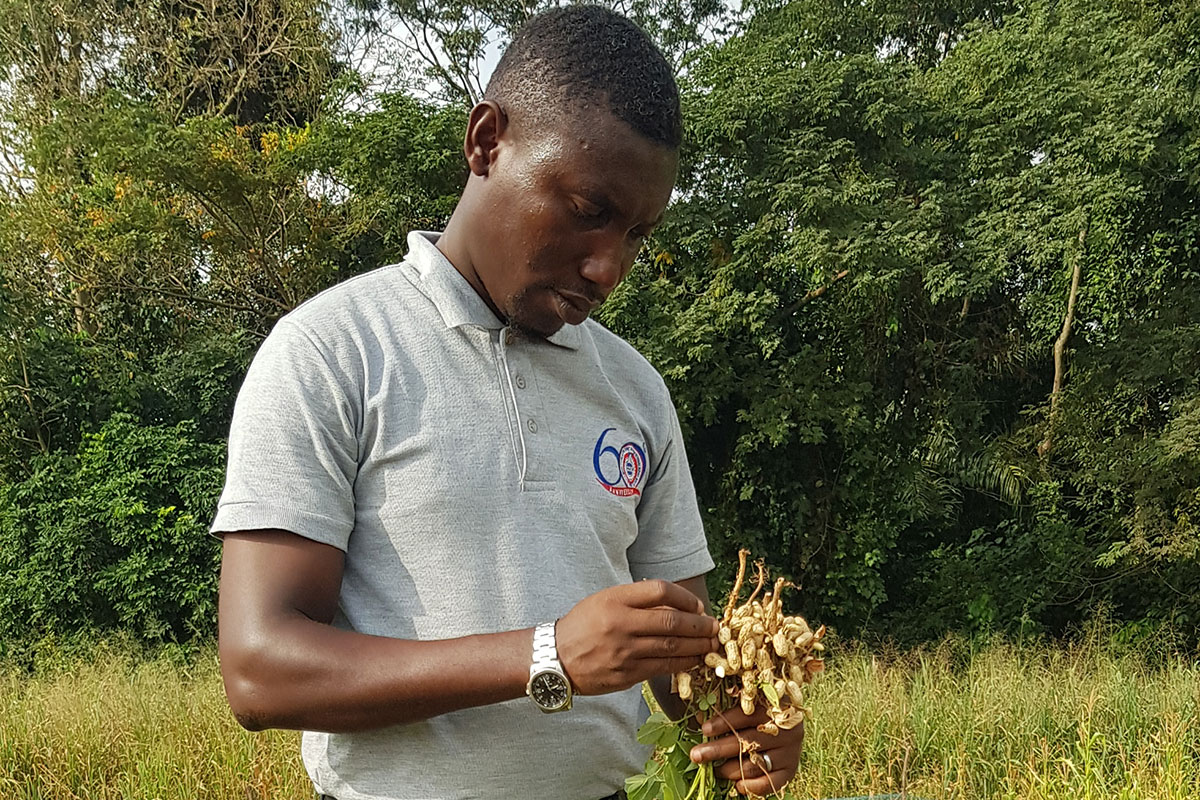 CAES News
CAES News
Student Profile: Stephen Arthur
Stephen Arthur is passionate about crop management. For every problem, there is an answer, he says, but giving just one bit of advice won’t help a farmer manage his crop as well as providing him a big picture. Arthur has worked with the Feed the Future Innovation Lab for Peanut for several years, first as a master’s student funded through the Peanut & Mycotoxin Innovation Lab and today as a PhD student working on a project creating production packages for Ghanaian groundnut farmers.

